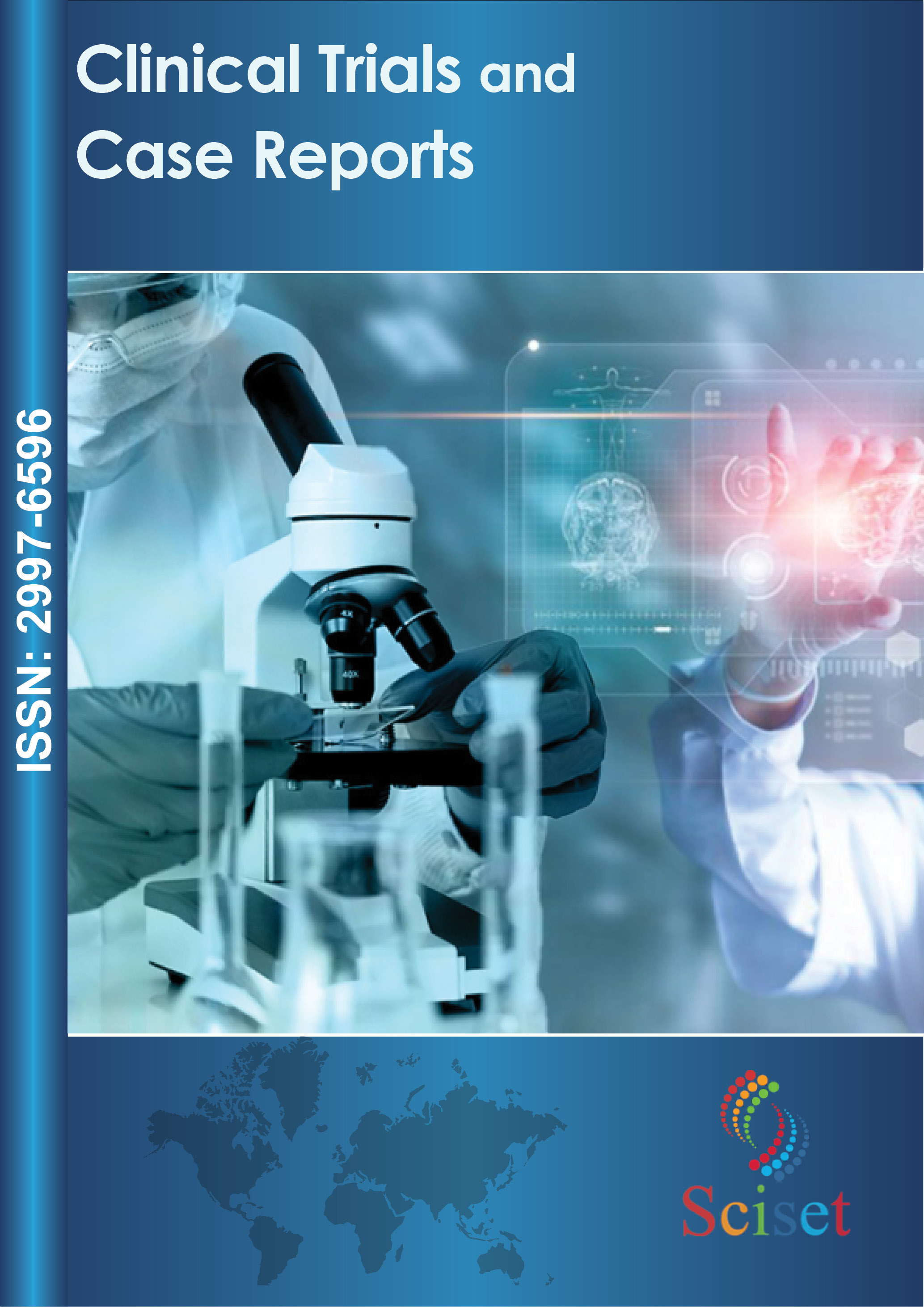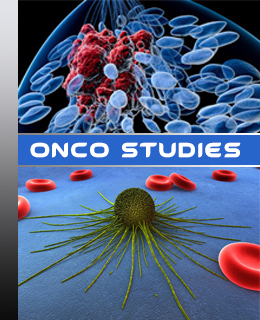- Open-Access Publishing
- Quality and Potential Expertise
- Flexible Online Submission
- Affordable Publication Charges
- Expertise Editorial Board Members
- 3 Week Fast-track Peer Review
- Global Visibility of Published Articles
Interventional Management of Chronic Total Occlusion in the Left Main Coronary Artery
Deborah Heart and Lung Center, Hospital in New Jersey, United States
Keywords
Chronic Total Occlusion (CTO); Left Main Coronary Artery (LMCA) Disease; Coronary Disease
Abstract
Chronic total occlusion (CTO) of the left main coronary artery (LMCA) is a rare finding on angiograms, with coronary artery bypass grafting typically considered the standard approach for revascularization. To highlight the potential viability of percutaneous coronary intervention (PCI) as a safe alternative in select cases, we present a complex clinical case involving the revascularization of chronic total occlusions in the LMCA, left anterior descending artery (LAD), and circumflex artery (CX).
Methods: Recanalization of the occluded LMCA and LAD was achieved using a supportballoon technique and CTO wires (Miracle 3™ wire, Abbott Vascular; Runthrough® NS Intermediate wire, Terumo). Stenting was performed in the LAD, CX, LMCA, and its bifurcation using three drug-eluting stents (Resolute Integrity DES, Medtronic). Bifurcation stenting utilized the "Culotte Stenting" technique, followed by "Kissing Balloon" post-dilatation. Proximal optimization technique was applied in the LMCA.
Results: The intervention concluded without complications. Two months poststenting, the patient experienced an increase in ejection fraction from 20% to 38% and improvement in various cardiac parameters, resulting in a decrease in Congestive Heart Failure functional class to class I.
Conclusions: This case underscores the potential for successful revascularization of LMCA CTO lesions through PCI, provided appropriate patient selection and procedural techniques are employed.
Chronic total occlusion (CTO) of the left main coronary artery (LMCA) is a rare finding on angiograms, with coronary artery bypass grafting typically considered the standard approach for revascularization. To highlight the potential viability of percutaneous coronary intervention (PCI) as a safe alternative in select cases, we present a complex clinical case involving the revascularization of chronic total occlusions in the LMCA, left anterior descending artery (LAD), and circumflex artery (CX).
Methods: Recanalization of the occluded LMCA and LAD was achieved using a supportballoon technique and CTO wires (Miracle 3™ wire, Abbott Vascular; Runthrough® NS Intermediate wire, Terumo). Stenting was performed in the LAD, CX, LMCA, and its bifurcation using three drug-eluting stents (Resolute Integrity DES, Medtronic). Bifurcation stenting utilized the "Culotte Stenting" technique, followed by "Kissing Balloon" post-dilatation. Proximal optimization technique was applied in the LMCA.
Results: The intervention concluded without complications. Two months poststenting, the patient experienced an increase in ejection fraction from 20% to 38% and improvement in various cardiac parameters, resulting in a decrease in Congestive Heart Failure functional class to class I.
Conclusions: This case underscores the potential for successful revascularization of LMCA CTO lesions through PCI, provided appropriate patient selection and procedural techniques are employed.
1. Akhtar R P, Naqshband M S, Abid A R, Tufail Z, Waheed A et al. (2009) Surgery for chronic total occlusion of the left main stem: A 10-year experience. Asian Cardiovasc Thorac Ann. 17, 472-476.
2. Bardají A, Rodriguez-López J, M. (2014) Torres-Sánchez. Chronic total occlusion: to treat or not to treat. , World J Cardiol 6, 621-629.
3. (2018) Çoksevim Metin, Murat Akçay, Korhan Soylu, Ömer Göktekin. Successful Percutaneous Intervention of Left Main Coronary Artery Chronic Total Occlusion:A Case Report. , Anatol J Cardiol 19(6), 419-421.
4. Banning. (2013) Intravascular ultrasound-guided revascularization of a chronically occluded left main coronary artery. , Indian Heart J 65.
5. S De Rosa, Polimeni A, Sabatino J, Indolfi C. (2017) Long-term outcomes of coronary artery bypass grafting versus stent-PCI for unprotected left main disease: a meta-analysis. , BMC Cardiovasc Disord 17, 240.
6. Dash Debabrata. (2018) Interventional Management of “Balloon-Uncrossable” Coronary Chronic Total Occlusion: Is There Any Way Out? Korean Circ J. 48(4), 277-286.
7. Giacoppo D, Colleran R, Cassese S, Frangieh A H, Wiebe J et al. (2017) Percutaneous Coronary Intervention vs Coronary Artery Bypass Grafting in Patients With Left Main Coronary Artery Stenosis: A Systematic Review and Meta-analysis. , JAMA Cardiol 2, 1079-1088.
8. Lancellotti P, Badano L P, Lang R M, Akhaladze N, Athanassopoulos G et al. (2013) Normal reference ranges for echocardiography: Rationale, study design, and methodology (NORRE study). Eur Heart J Cardiovasc Imaging. 14(4), 303-308. 9. G Z Ma, Wang Y, R H Xu. (2016) Successful percutaneous coronary intervention for acute and chronic occlusion of the left main coronary artery: report of two cases and review of the literature. , Acta Cardiol 71, 127-134. 10. Morice M C, Serruys P W, Kappetein A P, Feldman T E, Ståhle E et al. (2010) Outcomes in patients with de novo left main disease treated with either percutaneous coronary intervention using paclitaxeleluting stents or coronary artery bypass graft treatment in the Synergy between Percutaneous Coronary Intervention with TAXUS and Cardiac Surgery (SYNTAX) trial. , Circulation 121, 2645-2653. 11. Topol Eric J, Paul S Teirstein. (2016) . Textbook of interventional cardiology,Philadelphia, PA:Elsevier






